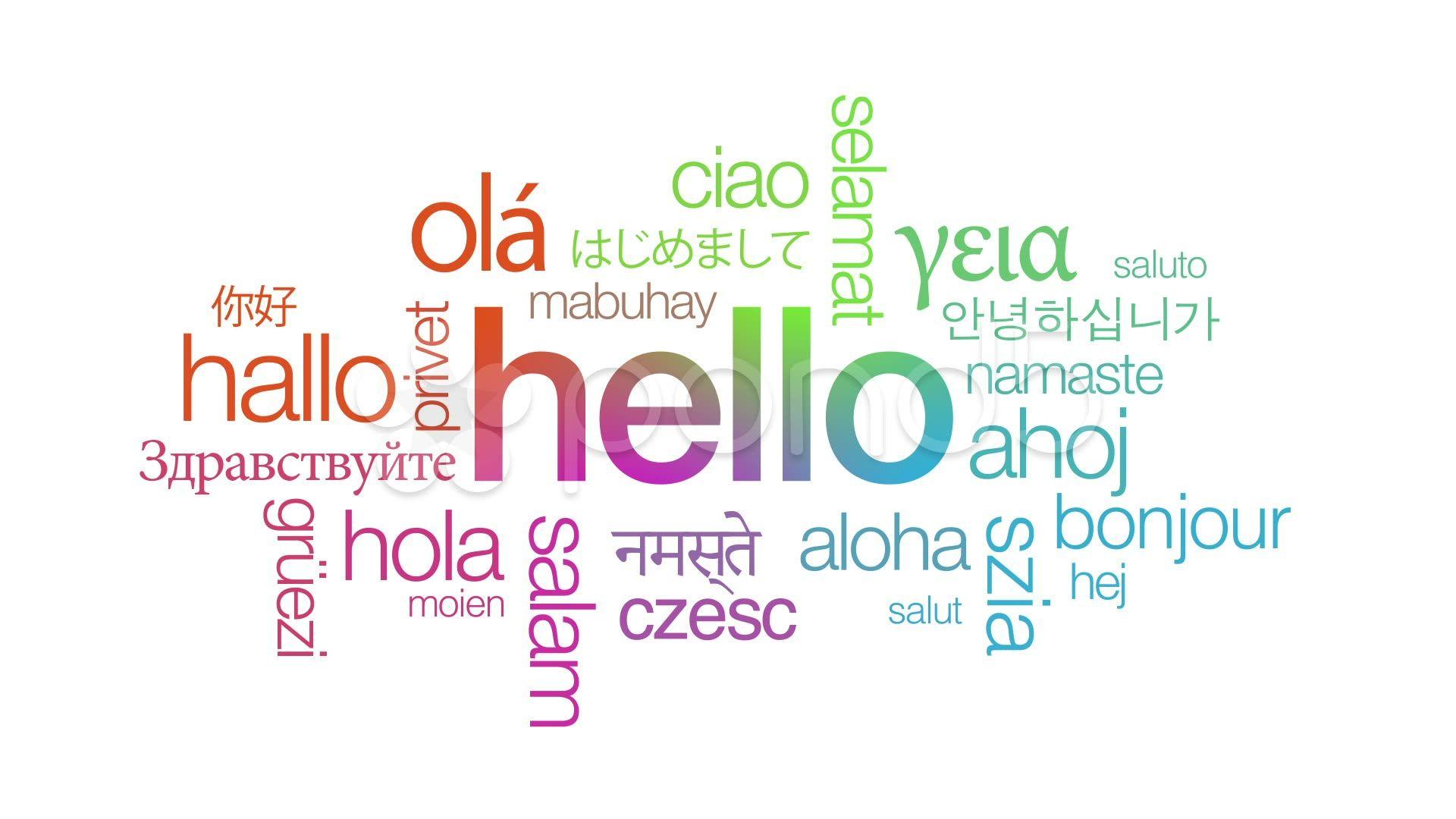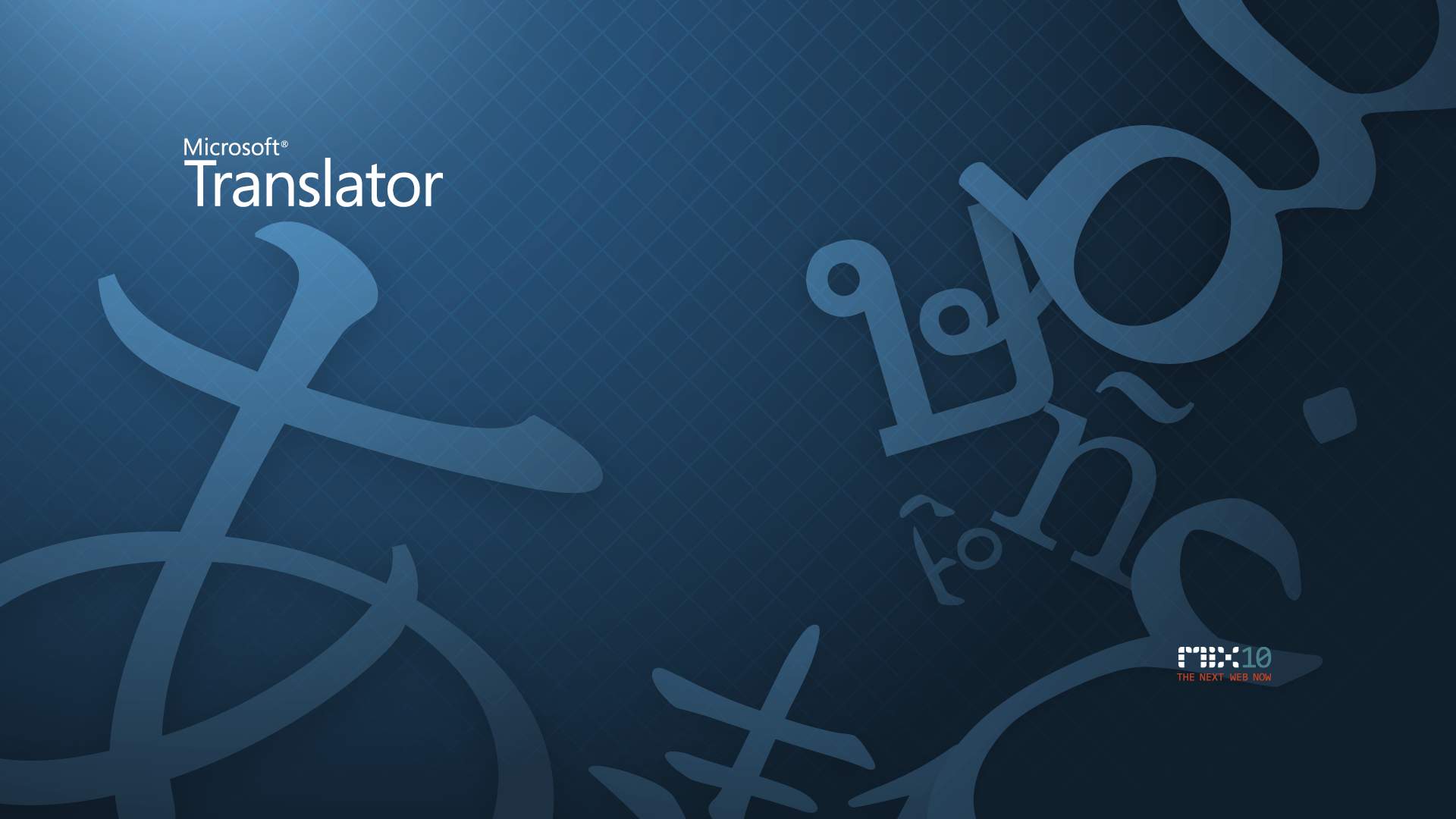Hello and welcome, travelers! We are thrilled to have you on Travel O'clock, a blog dedicated to exploring the world and sharing experiences with fellow globetrotters. Whether you're a seasoned traveler or a first-timer, we hope our content inspires you to pack your bags and set out on your next adventure.
How to overcome language barriers while traveling
In this post, we're going to talk about one of the biggest challenges travelers face when exploring foreign lands - language barriers. As exciting as it is to immerse oneself in different cultures, it can also be frustrating when we can't communicate effectively due to language differences. But fear not, because we've got you covered with 10 practical and effective ways to overcome language barriers while traveling. From basic communication techniques to utilizing technology, we've compiled a comprehensive guide that will help you navigate any language barriers that may come your way. So, let's dive in and get ready to explore the world with confidence!
Learn Basic Phrases
Learning basic phrases in the local language is an essential step in overcoming language barriers while traveling. It shows locals that you are making an effort to connect with them, and it can make a big difference in how they perceive you. Here are some common phrases that can help you get started:
- Hello: "Bonjour" (French), "Hola" (Spanish), "Ni hao" (Mandarin Chinese), "Konnichiwa" (Japanese)
- Thank you: "Merci" (French), "Gracias" (Spanish), "Xie xie" (Mandarin Chinese), "Arigato" (Japanese)
- Goodbye: "Au revoir" (French), "Adiós" (Spanish), "Zai jian" (Mandarin Chinese), "Sayonara" (Japanese)
- Yes: "Oui" (French), "Sí" (Spanish), "Shì" (Mandarin Chinese), "Hai" (Japanese)
- No: "Non" (French), "No" (Spanish), "Bù" (Mandarin Chinese), "Iie" (Japanese)
Use Translation Apps
Translation apps are a great tool for overcoming language barriers while traveling. They can help you communicate with locals, read signs and menus, and navigate unfamiliar situations. Here are some ways that translation apps can be helpful:
- Instant translations: With a translation app, you can get instant translations of words and phrases in real time. This can be incredibly helpful when trying to communicate with locals, order food, or navigate public transportation.
- Text translations: Translation apps can also translate written text, such as signs, menus, and directions. This can be particularly helpful in countries where the written language is different from your native language.
- Pronunciation help: Some translation apps also include audio features, which can help you with pronunciation. This can be particularly helpful if you are struggling with the pronunciation of certain words or phrases.
- Offline mode: Some translation apps offer an offline mode, which can be helpful if you don't have access to Wi-Fi or cellular data. This can be particularly useful when traveling in remote areas or places with limited connectivity
Use Gestures
When traveling in a foreign country where you don't speak the language, gestures can be a useful tool for overcoming language barriers. Here are some ways that gestures can help:
- Basic communication: Gestures can help you convey basic information, such as asking for directions, indicating that you want to eat, or showing gratitude.
- Nonverbal communication: Gestures can also help you communicate nonverbal information, such as expressing emotions or indicating that you understand something.
- Universal gestures: Many gestures are universal and can be understood across cultures. For example, a smile is generally interpreted as a sign of friendliness, while a frown is interpreted as a sign of displeasure.
- Fun and engaging: Using gestures can be a fun and engaging way to communicate with locals. It can also be a way to break down cultural barriers and build connections with people from different backgrounds.
However, it's important to keep in mind that gestures can also be misunderstood or misinterpreted, and some gestures that are considered acceptable in one culture may be considered rude or offensive in another. So, it's always a good idea to be mindful of the cultural context and use gestures with caution.
Find a Local Guide
Finding a local guide can be a great way to overcome language barriers while traveling. Here are some tips for finding a local guide in a talkative manner:
- Strike up a conversation: When you're in a new place, try striking up a conversation with locals. This can help you get a sense of the local culture and may lead to connections with people who can serve as your guide.
- Ask for recommendations: If you're staying in a hotel or hostel, ask the staff for recommendations for local guides. They may be able to connect you with someone who speaks your language or who has experience working with travelers.
- Use social media: Social media can be a great way to connect with locals and find a guide. Try posting on local travel groups or using hashtags to find people who are interested in showing you around.
- Take a tour: Taking a guided tour can be a great way to overcome language barriers, as the guide will often speak your language and can help you navigate unfamiliar situations.
- Learn from locals: If you're interested in learning a specific skill or activity, such as cooking or surfing, try finding a local who can teach you. This can be a great way to build connections and overcome language barriers while learning something new.
Finding a local guide can be a great way to overcome language barriers while traveling. By connecting with locals and building relationships, you can deepen your travel experience and better understand the local culture.
Use Social media
Using social media can be a great way to overcome language barriers while traveling, especially in situations where you need to communicate with locals who speak a different language. Here are some ways that social media can help:
- Language exchange groups: There are many language exchange groups on social media where you can connect with locals who speak the language you're trying to learn. These groups can be a great way to practice your language skills and get real-time feedback from native speakers.
- Translation tools: Many social media platforms have built-in translation tools that can help you communicate with locals who don't speak your language. For example, Facebook Messenger has a translation feature that can automatically translate messages between languages.
- Travel groups: Joining travel groups on social media can help you connect with other travelers who speak your language. This can be particularly helpful if you're looking for advice on local attractions or recommendations for places to eat.
- Local recommendations: Social media can also be a great way to find local recommendations for things to do and places to visit. By following local influencers or bloggers, you can get a better sense of the local culture and find activities that are off the beaten path.
Social media can be a great tool for overcoming language barriers while traveling. By connecting with locals and other travelers, you can build relationships, learn new languages, and better understand the local culture. However, it's important to be mindful of the risks of using social media while traveling, such as privacy concerns and scams.
Use Visual Aids
Using visual aids can be a great way to overcome language barriers while traveling. When language fails, a picture or a map can often convey meaning more effectively than words.
Here are some ways to use visual aids while traveling:
- Point to a map - If you're lost or trying to find a particular location, point to a map or use a GPS device to show locals where you need to go.
- Show a picture - If you're trying to order food or buy something from a store, showing a picture of what you want can be helpful.
- Use hand gestures - Certain hand gestures are universal and can convey meaning without words. For example, pointing to your mouth indicates you're hungry or thirsty.
- Draw a picture - If you're trying to communicate something more complex, like directions or a specific request, try drawing a vision to help get your message across.
- Use symbols - Symbols like arrows or checkmarks can be used to indicate yes or no, or to convey other types of information.
Remember, when using visual aids to overcome language barriers, it's important to be patient and understanding. Communication may still be slow or difficult, but using visual aids can help bridge the gap and make it easier to get your message across.
In conclusion, language barriers can be a daunting challenge for travelers, but there are many ways to overcome them. Whether it's learning some basic phrases, using translation apps, or relying on visual aids, there are plenty of practical and effective strategies that can help you communicate with locals and navigate foreign lands with confidence.
Remember, communication is key when traveling, and even small efforts to bridge the language gap can go a long way in making meaningful connections with people from different cultures. So, don't let language barriers hold you back from experiencing all the wonders that the world has to offer. With these 10 tips in mind, you can travel with confidence and communicate effectively no matter where your adventures take you.


.png)






.png)






Very informative ☺️
ReplyDelete